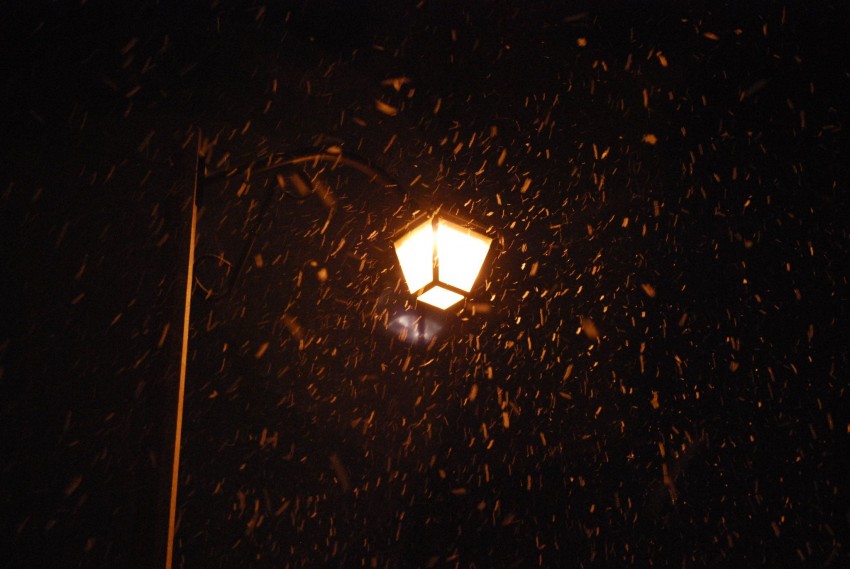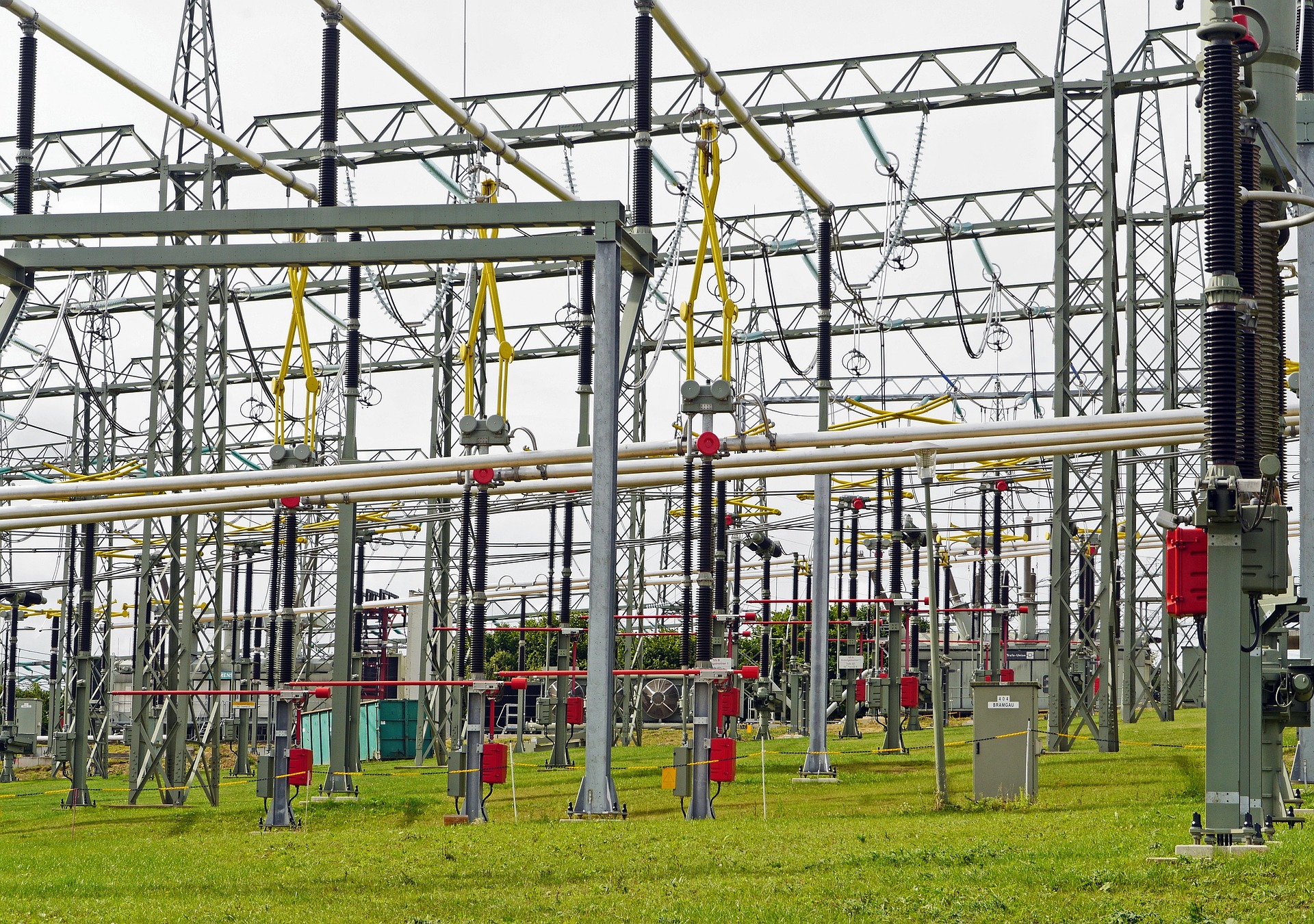In principle, black holes can be divided into supermassive black holes at the centers of galaxies, and stellar-mass black holes. While astronomers are still unsure how they form, we do know that stellar-mass black holes originate in supernova explosions, which occur at the end of the lives of massive stars.
Between these two classes there is also a still not fully understood class of intermediate-mass black holes. The first examples of these objects in space were only discovered in the past few years.
Read also: We have never seen such a large black hole in the Milky Way. Now it is
The supermassive black hole at the center of the galaxy is usually surrounded by a massive, extremely hot accretion disk, with matter swirling around the black hole and slowly spiraling beyond the event horizon. The material accumulating in such a disk constantly rubs against each other, reaching enormous temperatures and emitting intense radiation. The most active regions of this type outpace the rest of the galaxy. In such a case, we are dealing with the so-called active galactic nucleus (AGN).
Inside accretion disks, in addition to dust, gas and stars, there are also stellar remnants, such as stellar-mass black holes.
In such places, black holes can pile up like cars in a city traffic jam during rush hour. Since there is a traffic jam and many small black holes, there must necessarily be collisions between them.
The material that makes up the accretion disk can slow down stellar-mass black holes, thus affecting their orbits. The gas surrounding them causes them to migrate across the entire width of the disk until they reach a so-called migration trap, where they remain for a longer time. Subsequent black holes that reach the accretion disk from the outside are also slowed down and fall into the same traps. This inevitably leads to traffic congestion. However, due to gravity, such objects do not stand one after another, but rather collide with each other and merge into larger black holes, which over time absorb subsequent smaller holes that find themselves in the accretion disk. As a result, black holes weighing up to several hundred solar masses can be created in this unique region of the galaxy.
Read also: Parasitic black holes. These terrifying objects can eat stars from the inside
It is worth noting that this process can only occur in the immediate vicinity of a supermassive black hole. Such conditions do not exist anywhere else in the galaxy.
Scientists point out that the latest discoveries described in condition Just published in the journal Monthly Notices of the Royal Astronomical Society It does not enrich our knowledge about the evolution and formation of intermediate-mass black holes, which are still little understood. The researchers suggest that mergers of stellar-mass black holes in the accretion disk of a supermassive black hole could lead to the emission of gravitational waves. So it is possible that future gravitational wave observatories will be able to take a closer look at what is happening in the centers of galaxies. However, we have to wait a little longer for this.

Echo Richards embodies a personality that is a delightful contradiction: a humble musicaholic who never brags about her expansive knowledge of both classic and contemporary tunes. Infuriatingly modest, one would never know from a mere conversation how deeply entrenched she is in the world of music. This passion seamlessly translates into her problem-solving skills, with Echo often drawing inspiration from melodies and rhythms. A voracious reader, she dives deep into literature, using stories to influence her own hardcore writing. Her spirited advocacy for alcohol isn’t about mere indulgence, but about celebrating life’s poignant moments.










